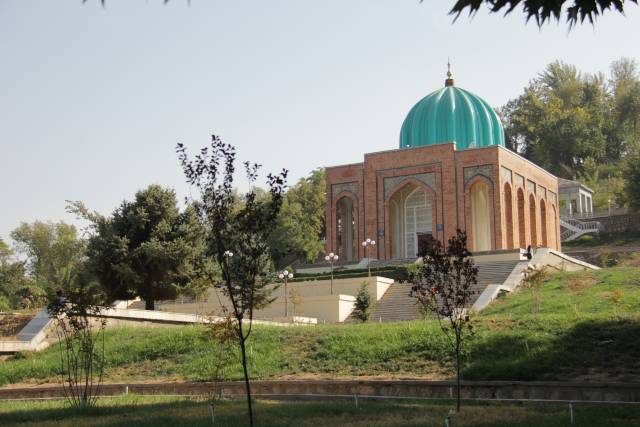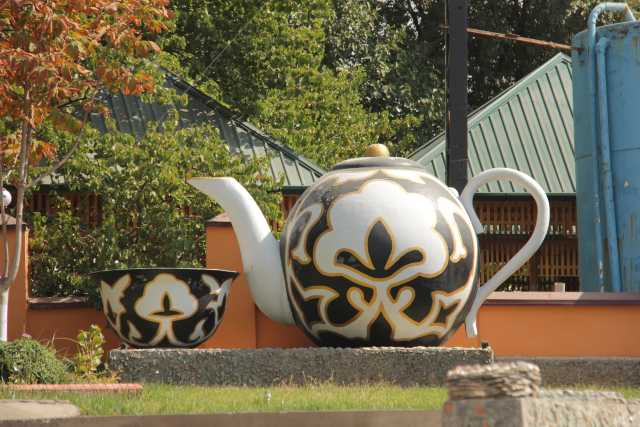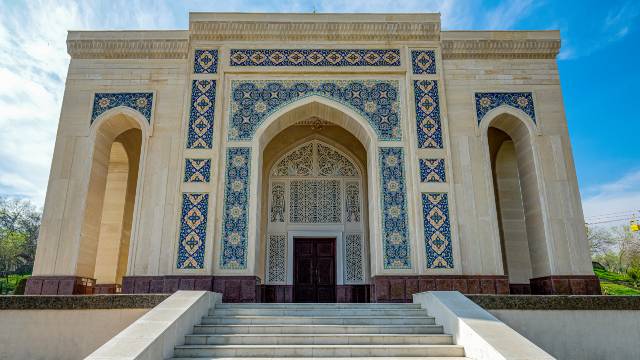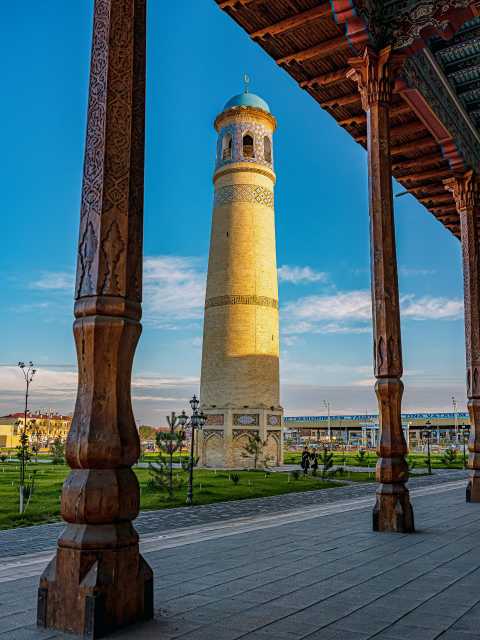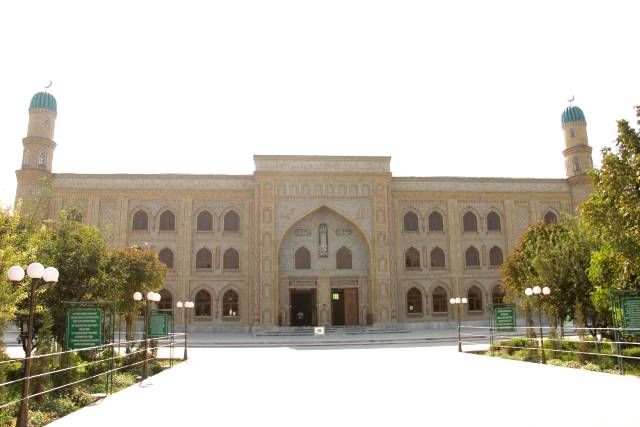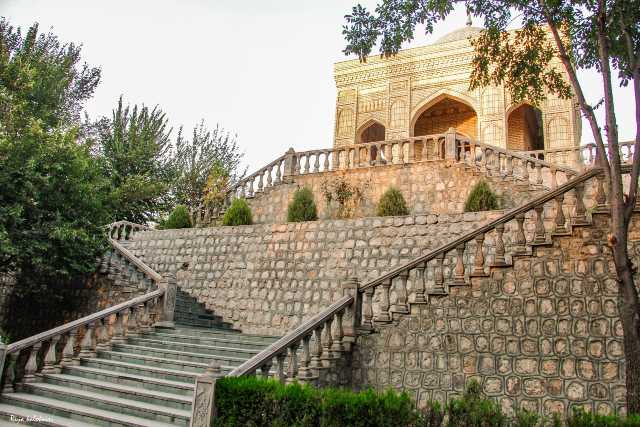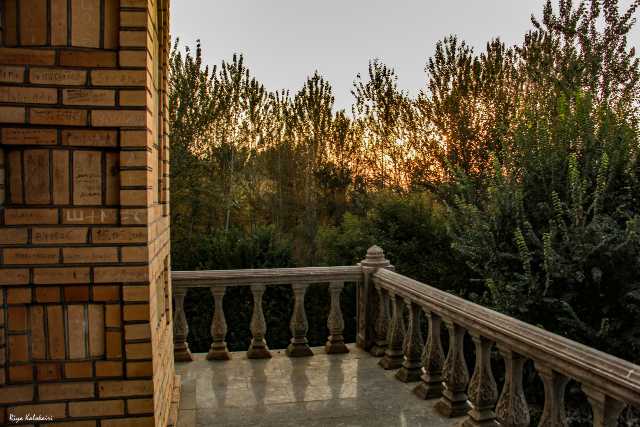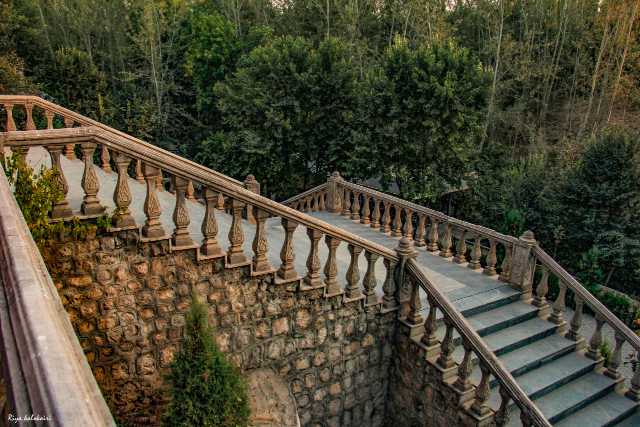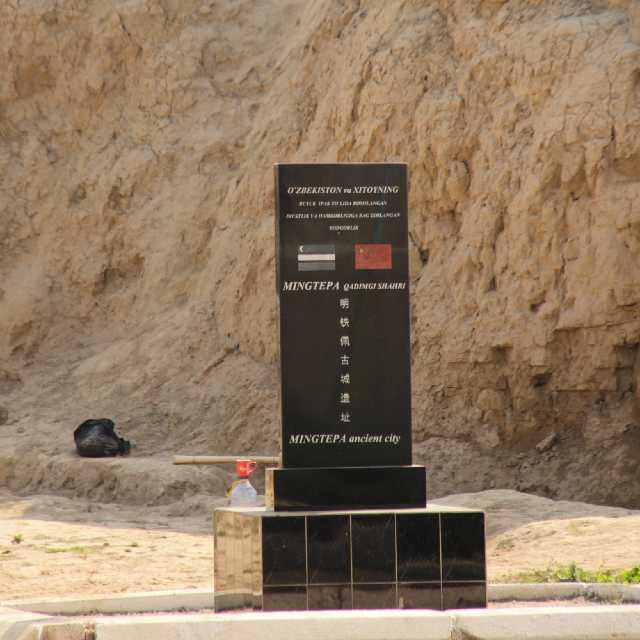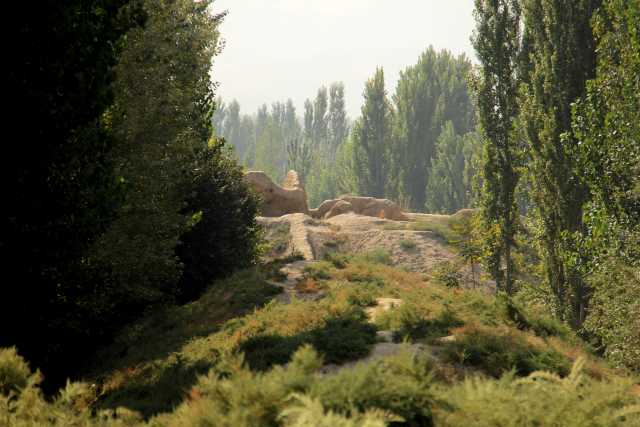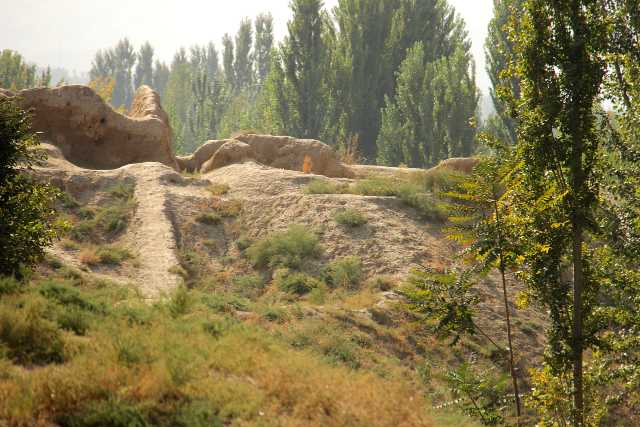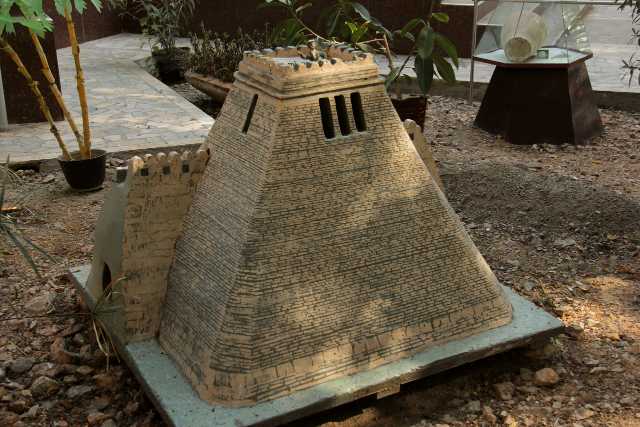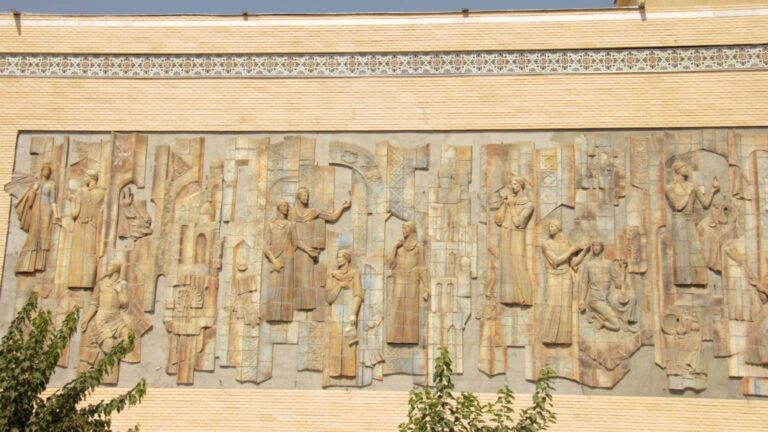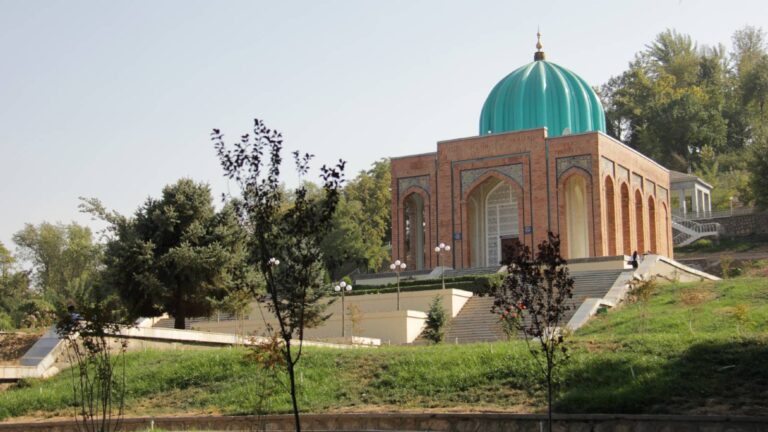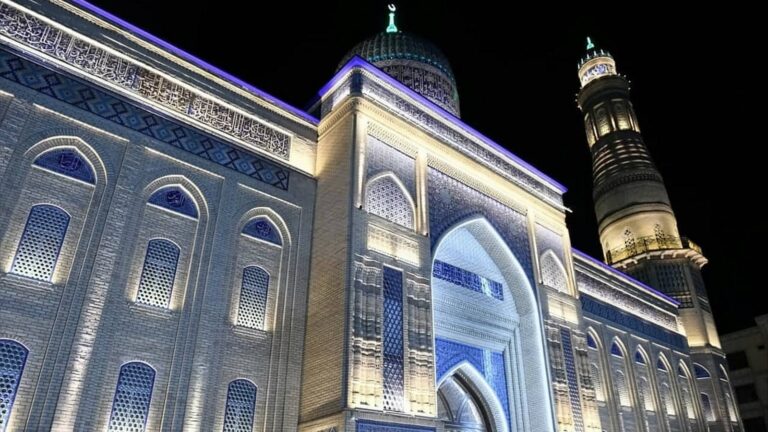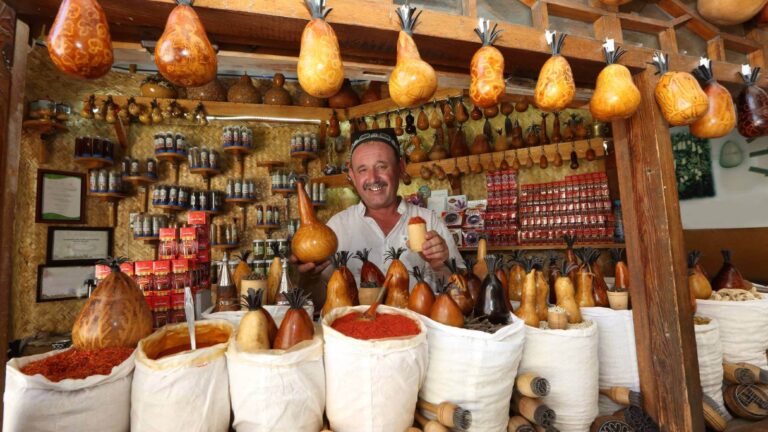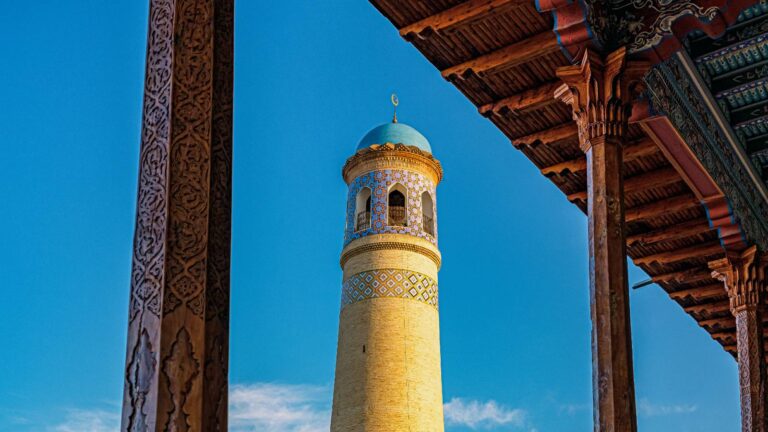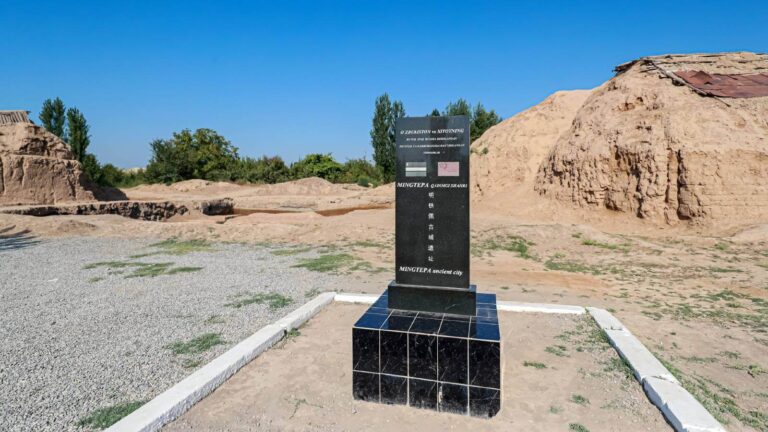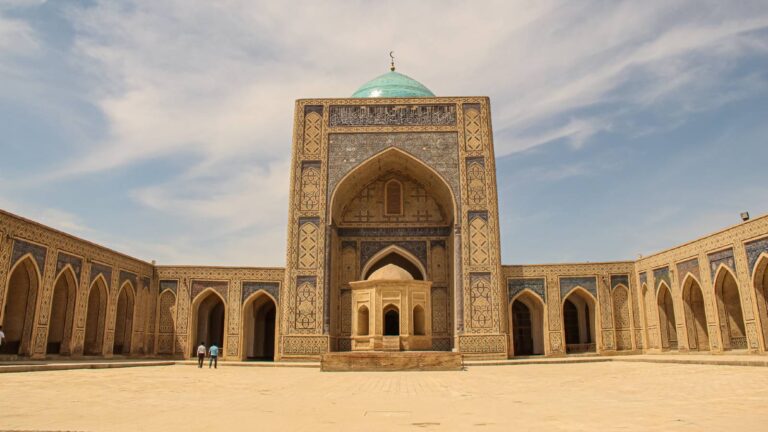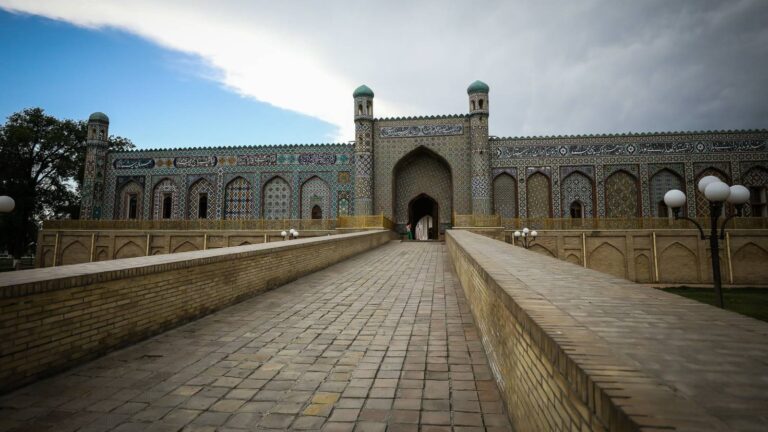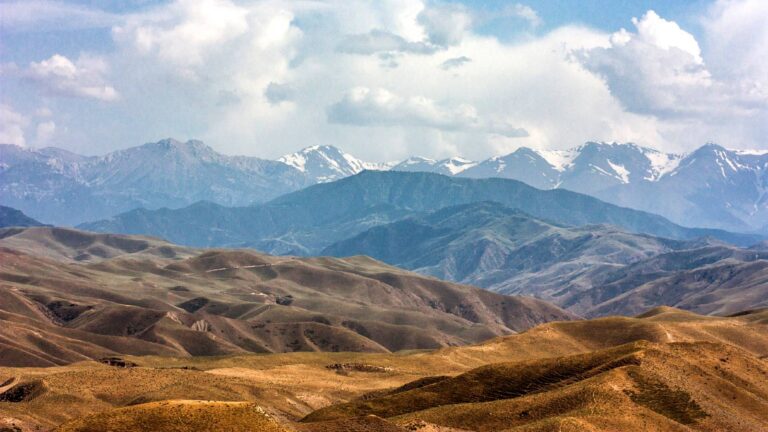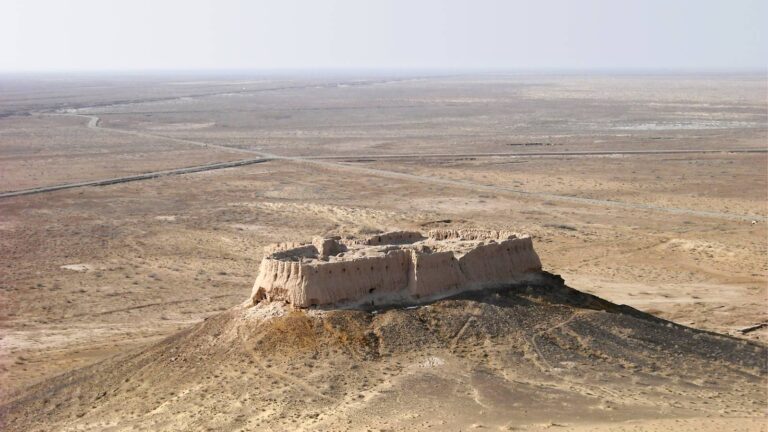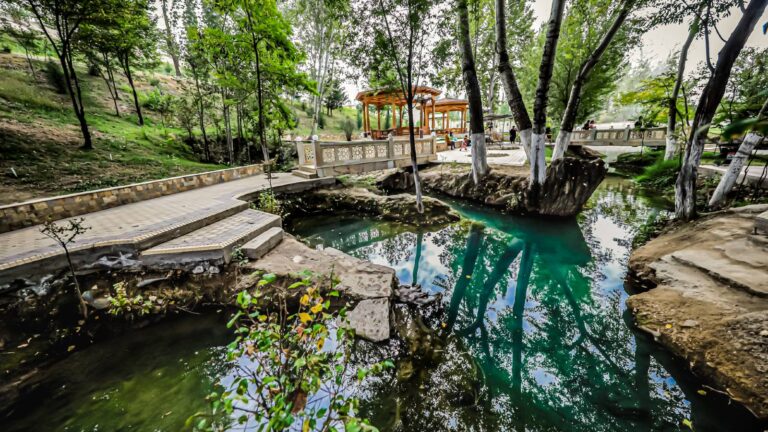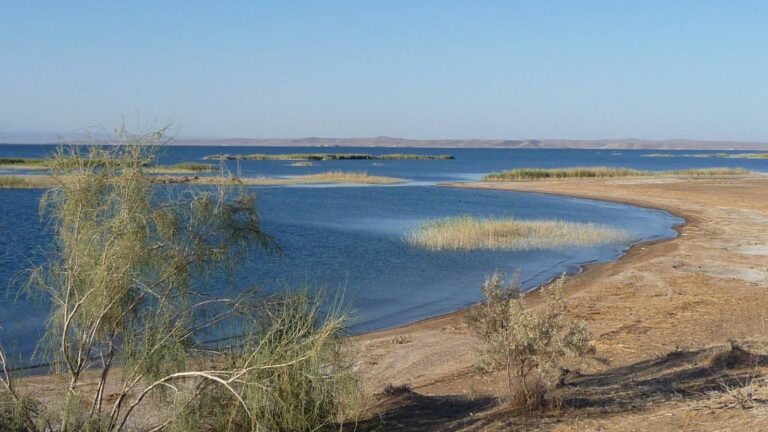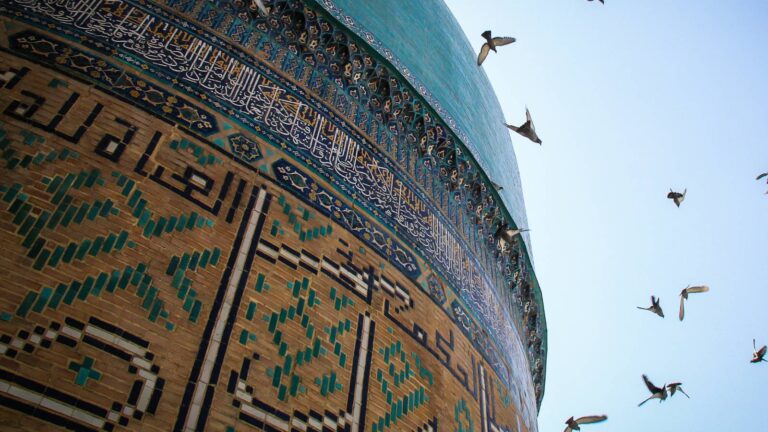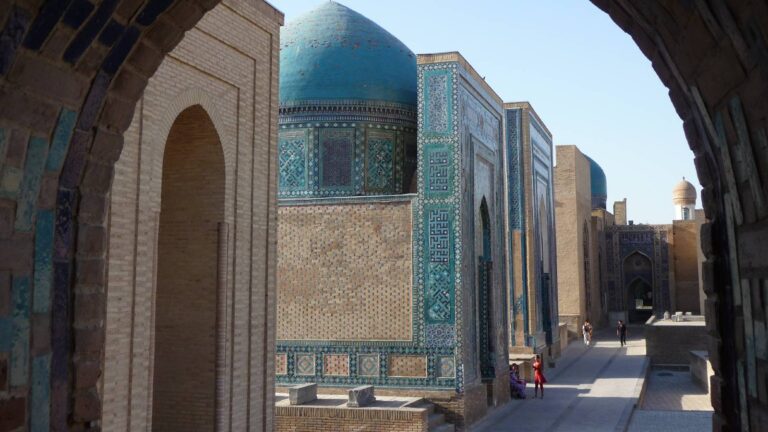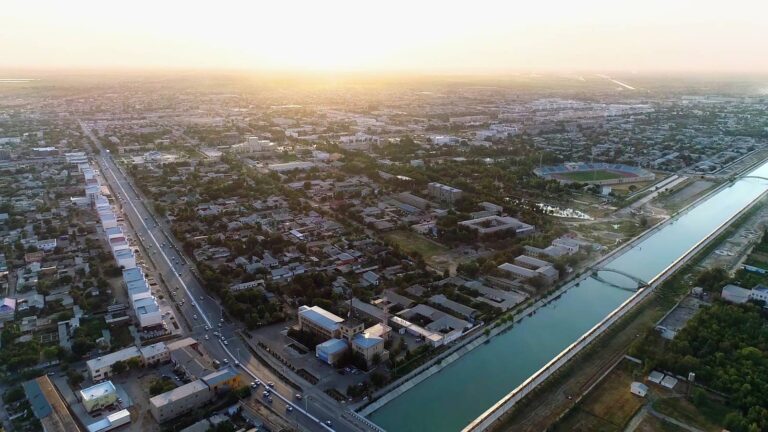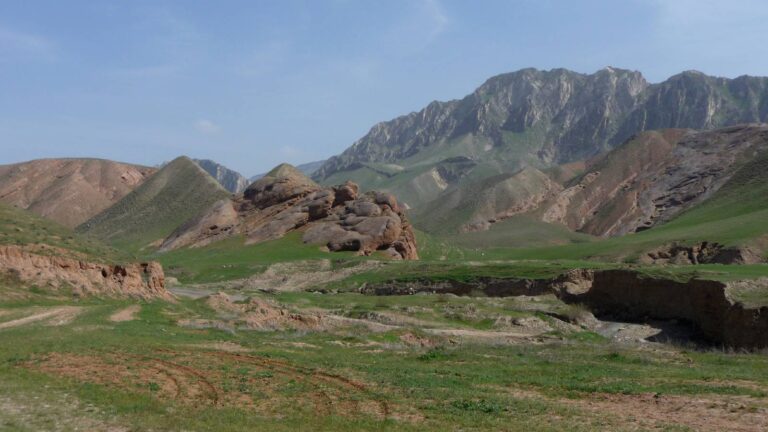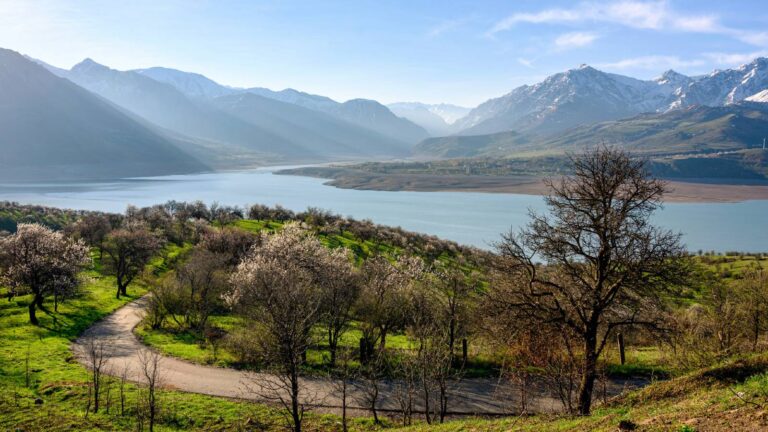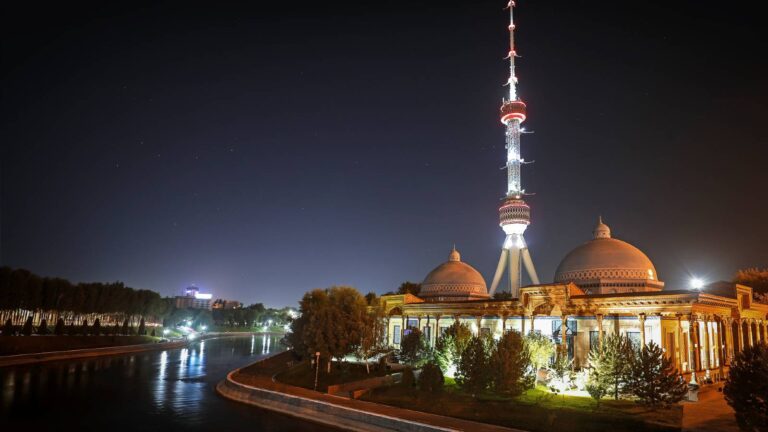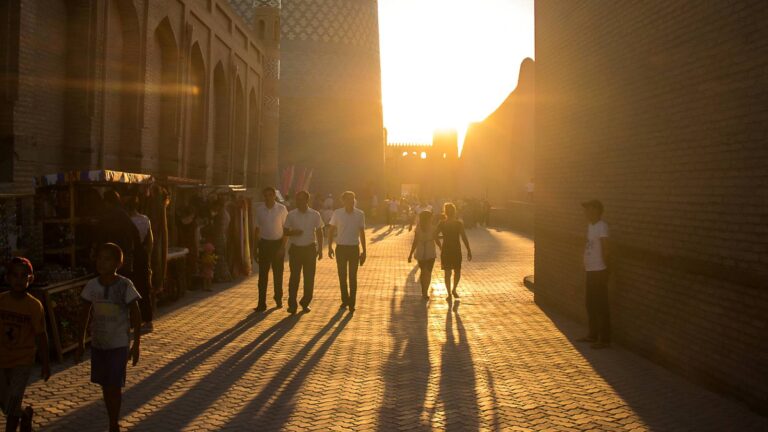You can get to Andijan by plane. Flights here follow from Moscow and St. Petersburg.
There is also a railway connection with the nearby cities of Uzbekistan – Tashkent, Bukhara, Urgench, Margilan and Kokand.
You can also drive your own car or by negotiating with a private trader at the bus station in Tashkent.
In Andijan, you can visit the local history museum. Today, it displays more than 60,000 exhibits, studying which you can get a fairly complete picture of the history of Andijan, life, culture and development of its people.
Also, you should definitely visit the park and the house-museum dedicated to the outstanding poet and military leader Zakhiriddin Muhammad Babur. Lovers of walks and wildlife are recommended to visit Babur Park. It is notable for the diversity of its flora – today you can see about 60 species of trees alone, excluding various grasses, flowers and shrubs.
Tourists who are interested in the activities of contemporary artists and writers will be interested in the Museum of Literature and Art. There are also many theaters, cinemas, houses of culture, parks and museums.
Of the architectural monuments in Andijan, the Jami madrasah has been preserved. This religious school was built in the 19th century. Jami Madrasah is a whole complex, which also includes a mosque and a minaret, from which the muezzins called believers to prayer and meetings. The complex covers an area of 1.5 hectares. The length of the madrasah itself is also striking, which is more than 120 m.
The remains of the Ershi settlement (now called Mingtepa) dated I-II centuries BC) are also located not far from the city. Once upon a time it was here that the capital of the ancient state of Davan was located. This attraction is located 30 km from Andijan.
According to archaeological data, the city was inhabited for over 2,500 years ago. There are many versions about the origin of the name of the city of Andijan. One of the versions says that this area was inhabited by the Andi tribe, hence the name of the city.
The city is closely related to the name of Zakhiriddin Babur, the great-grandson of Amir Timur (Tamerlane) and the founder of the Mughal Empire in India, who was born in Andijan.
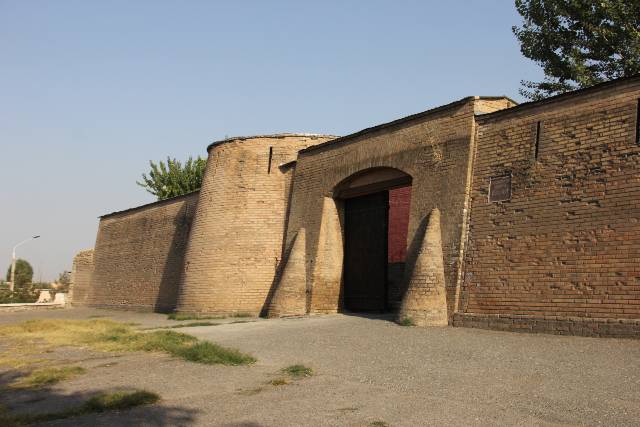
Kala Fortress 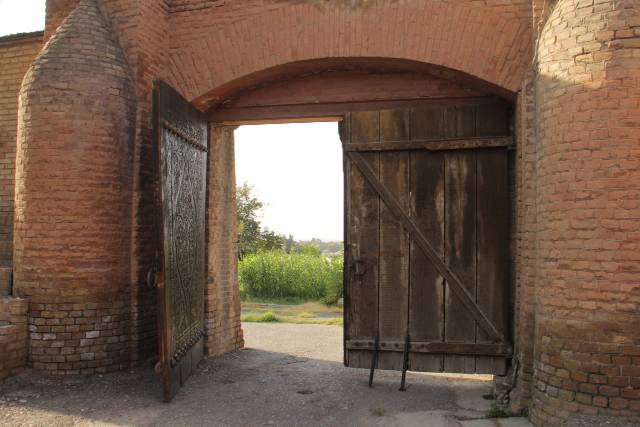
Kala Fortress
Andijan was part of the Kokand Khanate. In connection with the construction of a railway here at the beginning of the 20th century, Andijan turns into the center of the economic life of the entire Fergana Valley.
In December 1902, Andijan was hit by an earthquake known as the Andijan Tragedy, with a magnitude of 6.7 to 9 on the Richter scale. The tremors continued for a month. According to the data provided, 30,000 houses were destroyed and 4,500 people died.
Today Andijan is one of the largest cities in Uzbekistan with developed agriculture and industry. On the territory of the Andijan region in the city of Asaka, there is a General Motors automobile plant, the capacity of which is about 250,000 vehicles per year. Many cars under the Ravon brand are exported to the Russian Federation, and under the Chevrolet brand to other CIS countries.
Celebrations
Modern Andijan is a large industrial city of Uzbekistan, located in the southeast of the flourishing Fergana Valley. Since ancient times, the city has been one of the craft centers of the region.
Pottery and stucco ceramics, gold embroidery, copper embossing and painting flourished here, and the products of Andijan artisans were famous throughout the Great Silk Road. More than 60 thousand exhibits of the Andijan Museum of Local Lore can tell about the history, life, culture and folk crafts of the Fergana Valley.
In Andijan, festivals dedicated to a healthy lifestyle, youth, culture and values of the Uzbek people are held everywhere.
The area of the region is 4240 km². It shares borders with Kyrgyzstan (Osh and Jelal-Abad regions), Fergana and Namangan regions. The main river, the Karadarya, crosses the territory of the region from the east (Andijan reservoir) to the west (about 150 km long), then merges with Naryn and forms the Syr-Darya river, about 20 km the Syr-Darya river bed divides the Andijan and Namangan regions.
In the north of the Andijan region, the Tektyan-Sai river flows (the length of the Andijan region is about 40 km), the Andijan-Sai (the length is 80 km). Channels: Sharikhan Sai, Big Andijan Canal, Big Fergana Canal, South Fergana Canal.
The western part of the region is an elevated plain, and the eastern part is occupied by the foothills of the Alay and Fergana ranges, which protect the valley from cold winds.
Natural resources include deposits of oil, natural gas, ozokerite and limestone. The Andijan, Palvantash, Yuzhno-Alamysh, Khartum, Bustan and Khojausman oil and gas fields are located here.
The warm climate makes it possible to grow cotton, subtropical crops, develop silkworm and melon growing. Among agriculture, the most developed are cotton growing, production of cocoons, growing cereals, horticulture and viticulture.
From the industry, mining and processing of minerals, oil and gas, the construction industry, and the textile industry are developed.

